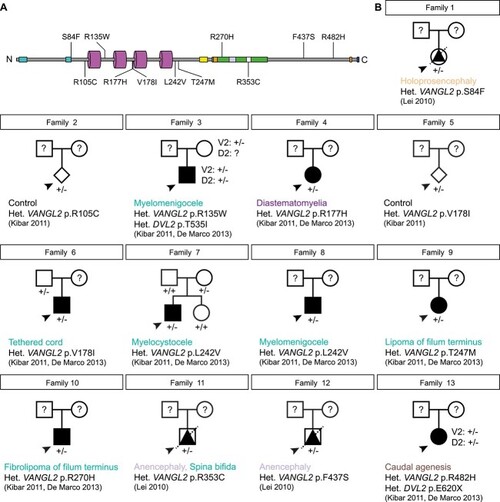Figure 2
- ID
- ZDB-FIG-240109-65
- Publication
- Derrick et al., 2023 - Functional analysis of germline VANGL2 variants using rescue assays of vangl2 knockout zebrafish
- Other Figures
- All Figure Page
- Back to All Figure Page
|
Collation of clinical data relating to historical |

